Jan. 7 to Jan. 13
When the Chinese Nationalist Party (KMT) moved the Republic of China (ROC) government to Taipei on Dec. 7, 1949, it was without its president.
Not Chiang Kai-shek (蔣介石), who also wasn’t in Taipei and who had stepped down as president 10 months earlier. It was Li Tsung-jen (李宗仁), who had taken over in an interim role.
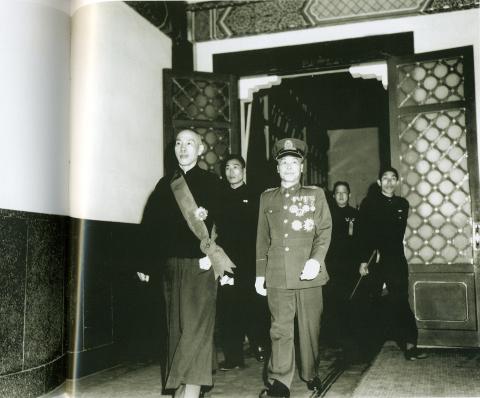
Photo courtesy of Wikimedia Commons
Li was on medical leave in the US at that point. He refused all calls to head to Taiwan, remaining stateside until 1965 when he returned to China. Meanwhile, he became a vocal critic of Chiang and helped start and fund the Third Force (第三勢力), a Hong Kong-based anti-Chiang and anti-communist organization.
Chiang resumed his presidency on March 1, 1950 and, through Martial Law era provisions, clung on to the title until he died in 1975.
PRESIDENT FOR PEACE
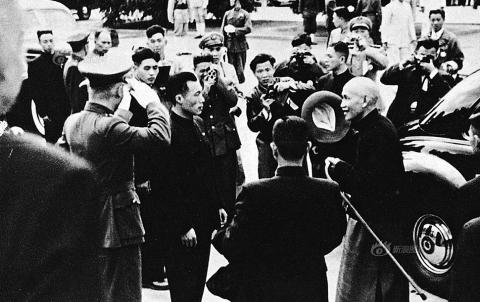
Photo courtesy of Wikimedia Commons
According to Breaking With the Past, a Hoover Institute publication, the KMT was in turmoil by mid-1945 as “factional struggles, corruption and low morale were on the increase.”
The second phase of the Chinese Civil War had just started, and public support for the KMT was plummeting. The situation continued to worsen and by late 1948, even the US was pressuring Chiang to step down and allow the KMT to negotiate for peace with the Chinese Communist Party (CCP).
Chiang resisted for months, but in early 1949, he left the KMT capital of Nanjing for his hometown. He was “seen off in his luxurious Skymaster,” according to a Reuters report, with “no trace of emotion on his face.” Official statements used the word “temporary absence” because “he wanted to leave the way open for possible return to power if peace negotiations failed,” the report stated.
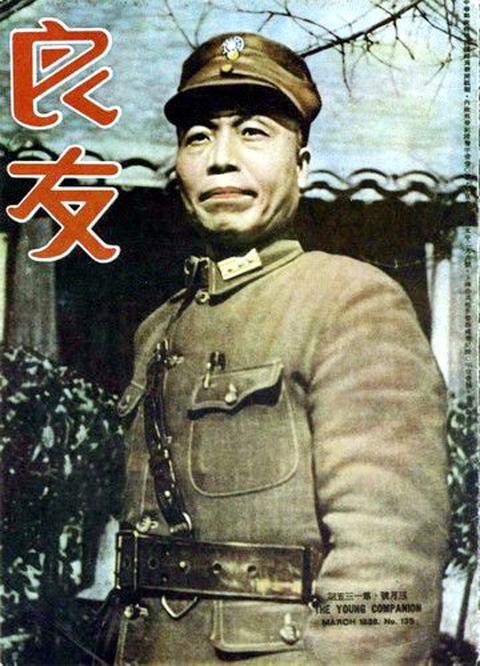
Photo courtesy of Wikimedia Commons
However, Chiang retained considerable power as KMT chairman and commander of its armed forces. Li’s peace talks fell through and the CCP resumed their advance in April, while the KMT continued moving its institutions and possessions to Taiwan as it lost ground.
Li and Chiang’s bad blood trace back to 1930 when Chiang embarrassed Li and his coalition of warlords who attacked Chiang’s headquarters of Nanjing. Their relationship only worsened during Li’s presidency. In his memoir, Li accuses Chiang of sabotaging his efforts from the shadows.
“This is the third time you’ve retired,” he writes. “You assured [us] repeatedly that you would stay away from politics for at least the next five years, which to me meant that you would trust me with the job and let me operate freely. But what you did was the complete opposite.”
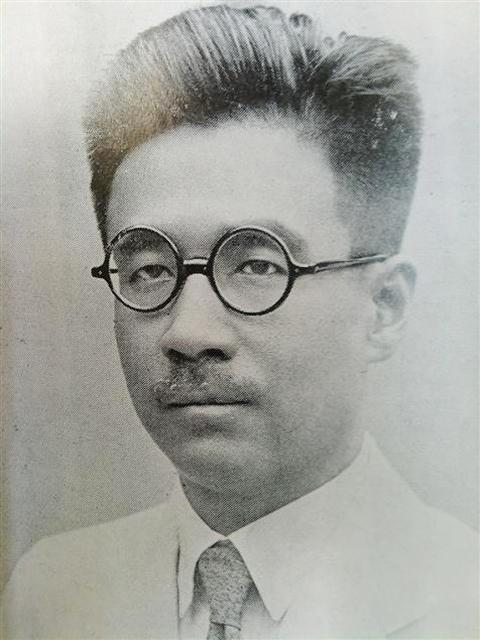
Photo courtesy of Wikimedia Commons
He continues to attack Chiang in a long list of accusations of misconduct, concluding: “These are all absurd actions where you did not keep your promises and had no respect for government authority!”
‘PLAGUE ON BOTH YOUR HOUSES’
Li’s flight to the US was “a decision when [his] mood was best expressed by the oft-repeated phrase, ‘a plague on both your houses,’ and with the hope that an aseptic and democratic ‘third force’ could be established,” writes Robert Bedski in the study, Li Tsung-jen and the Demise of China’s ‘Third Force.’
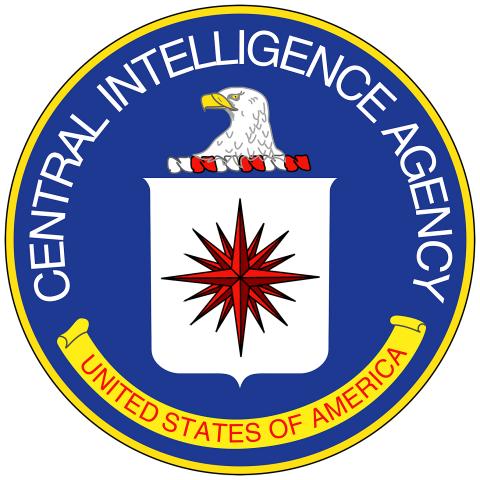
Photo courtesy of Wikimedia Commons
In March 1950, Li told the Associated Press that the people would rise and overthrow both the CCP and KMT, and that the CCP only won because of Chiang’s incompetence. The KMT impeached Li in response, but he remained vice president. When Chiang bended the rules to extend his reign in 1954, Li wrote a him a letter slamming his actions as illegal, and the KMT stripped him of the vice presidency.
While Li was still in China, he started building a Third Force movement with other dissident KMT members to oppose both the KMT and CCP. The movement relocated to Hong Kong as the CCP overran China.
The US, “disgusted by the corruption and, more importantly, failure of Chiang Kai-shek’s Nationalist armies and party and repelled by the Communists’ revolutionary actions and violent class warfare,” also supported the movement, writes Roger Jeans in the book, The CIA and Third Force Movements in China during the Early Cold War.
“While the US State Department reported on third forces, the CIA launched a two-prong effort to actively support these groups with money, advisors and arms,” Jeans writes.
The efforts led to the creation of several organizations in Hong Kong, including the Fighting League for Chinese Freedom and Democracy (中國自由民主戰鬥聯盟). It spread its ideals through their Voice of China magazine, and even launched several failed military raids on the coast of China in 1952 and 1953.
CHIANG’S HEADACHE
Chiang was watching them closely from Taiwan. The KMT fed intel to Hong Kong’s British rulers, who sought to suppress the Third Force. Chiang also sent agents to Hong Kong in 1951 to persuade Third Force members to join him in Taiwan. They refused on the grounds that Chiang had turned Taiwan into an authoritarian military state where people were arrested without reason. They also accused him of nepotism toward his son, Chiang Ching-kuo (蔣經國).
Chiang seemed quite bothered by the Third Force, frequently mentioning them in his diary. He was especially angry with the Voice of China, of which he wrote, “attacked and insulted my son and I even more severely than they did the Communists. Their crimes cannot be forgiven.”
The offending article is likely a 1951 editorial titled “Our stance toward Taiwan,” (我們對台灣的態度), which called him a “malignant tumor who treats the country as his personal property.”
“This tumor has led to the miscarriage of democracy in China, and it is also hindering the anti-communism efforts in Taiwan. If we don’t remove the tumor, it will lead to the demise of the Republic of China government’s refuge and anti-communist base of Taiwan.”
In 1953, pro-Taiwan Republicans took power in the US. Chiang convinced them that it was contradictory to support both Taiwan and the Third Force, and in 1954 the CIA pulled its support. The Third Force collapsed quickly.
Taiwan in Time, a column about Taiwan’s history that is published every Sunday, spotlights important or interesting events around the nation that have anniversaries this week.

It’s always a pleasure to see something one has long advocated slowly become reality. The late August visit of a delegation to the Philippines led by Deputy Minister of Agriculture Huang Chao-ching (黃昭欽), Chair of Chinese International Economic Cooperation Association Joseph Lyu (呂桔誠) and US-Taiwan Business Council vice president, Lotta Danielsson, was yet another example of how the two nations are drawing closer together. The security threat from the People’s Republic of China (PRC), along with their complementary economies, is finally fostering growth in ties. Interestingly, officials from both sides often refer to a shared Austronesian heritage when arguing for
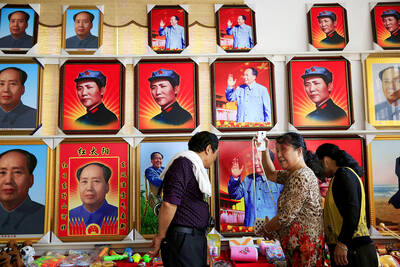
The ultimate goal of the Chinese Communist Party (CCP) is the total and overwhelming domination of everything within the sphere of what it considers China and deems as theirs. All decision-making by the CCP must be understood through that lens. Any decision made is to entrench — or ideally expand that power. They are fiercely hostile to anything that weakens or compromises their control of “China.” By design, they will stop at nothing to ensure that there is no distinction between the CCP and the Chinese nation, people, culture, civilization, religion, economy, property, military or government — they are all subsidiary
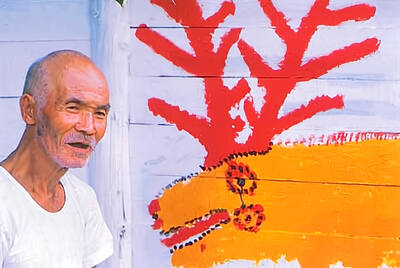
Nov.10 to Nov.16 As he moved a large stone that had fallen from a truck near his field, 65-year-old Lin Yuan (林淵) felt a sudden urge. He fetched his tools and began to carve. The recently retired farmer had been feeling restless after a lifetime of hard labor in Yuchi Township (魚池), Nantou County. His first piece, Stone Fairy Maiden (石仙姑), completed in 1977, was reportedly a representation of his late wife. This version of how Lin began his late-life art career is recorded in Nantou County historian Teng Hsiang-yang’s (鄧相揚) 2009 biography of him. His expressive work eventually caught the attention

Late last month the Executive Yuan approved a proposal from the Ministry of Labor to allow the hospitality industry to recruit mid-level migrant workers. The industry, surveys said, was short 6,600 laborers. In reality, it is already heavily using illegal foreign workers — foreign wives of foreign residents who cannot work, runaways and illegally moonlighting factory workers. The proposal thus merely legalizes what already exists. The government could generate a similar legal labor supply simply by legalizing moonlighting and permitting spouses of legal residents to work legally on their current visa. But after 30 years of advocating for that reform,